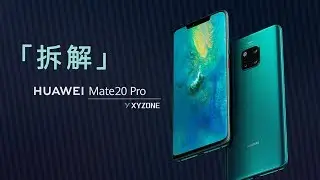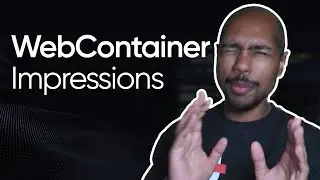Guillermo Rauch, CEO Vercel: Open Source, Next.js, Edge Computing, Partial Pre-rendering
Links
Codecrafters (sponsor): https://tej.as/codecrafters
Guillermo on 𝕏: https://x.com/rauchg
Vercel: https://vercel.com
Latency Numbers Every Frontend Developer Should Know: https://vercel.com/blog/latency-numbe...
Latency Numbers Every Programmer Should Know: https://brenocon.com/dean_perf.html
Summary
In this discussion with Guillermo Rauch (creator of Socket.io, Next.js, and Vercel CEO), we cover open source, latency, software as physical systems, PPR, distributed systems, edge computing, Vercel’s data centers, AWS/Azure partnerships, reducing cold starts, and balancing quality with rapid shipping.
Takeaways
Starting from a solid open-source background.
Understanding latency is crucial for optimizing user experience.
Viewing software as physical systems aids in performance and scalability.
Partial pre-rendering (PPR) improves performance by merging static pre-rendering with dynamic server-side rendering.
Globally distributed systems face challenges like data residency, cost, and compliance.
Edge computing is key to enhancing website performance and user experience.
Vercel uses edge computing for fast data transfer and performance.
Vercel’s infrastructure includes mega data centers and partnerships with AWS and Azure.
Reducing cold start times is a Vercel priority, with significant advancements.
Maintaining high quality and attention to detail is crucial, even with rapid shipping.
Chapters
00:00 Guillermo Rauch
03:42 Introduction and Background
11:55 Importance of Latency
32:24 Challenges of Globally Distributed Systems
43:11 Power of Edge Computing
53:18 Edge as the Blessed Path

![[FREE] SLIMESITO x BEEZYB TYPE BEAT 2022 -](https://images.videosashka.com/watch/1EoTITwenvE)

















